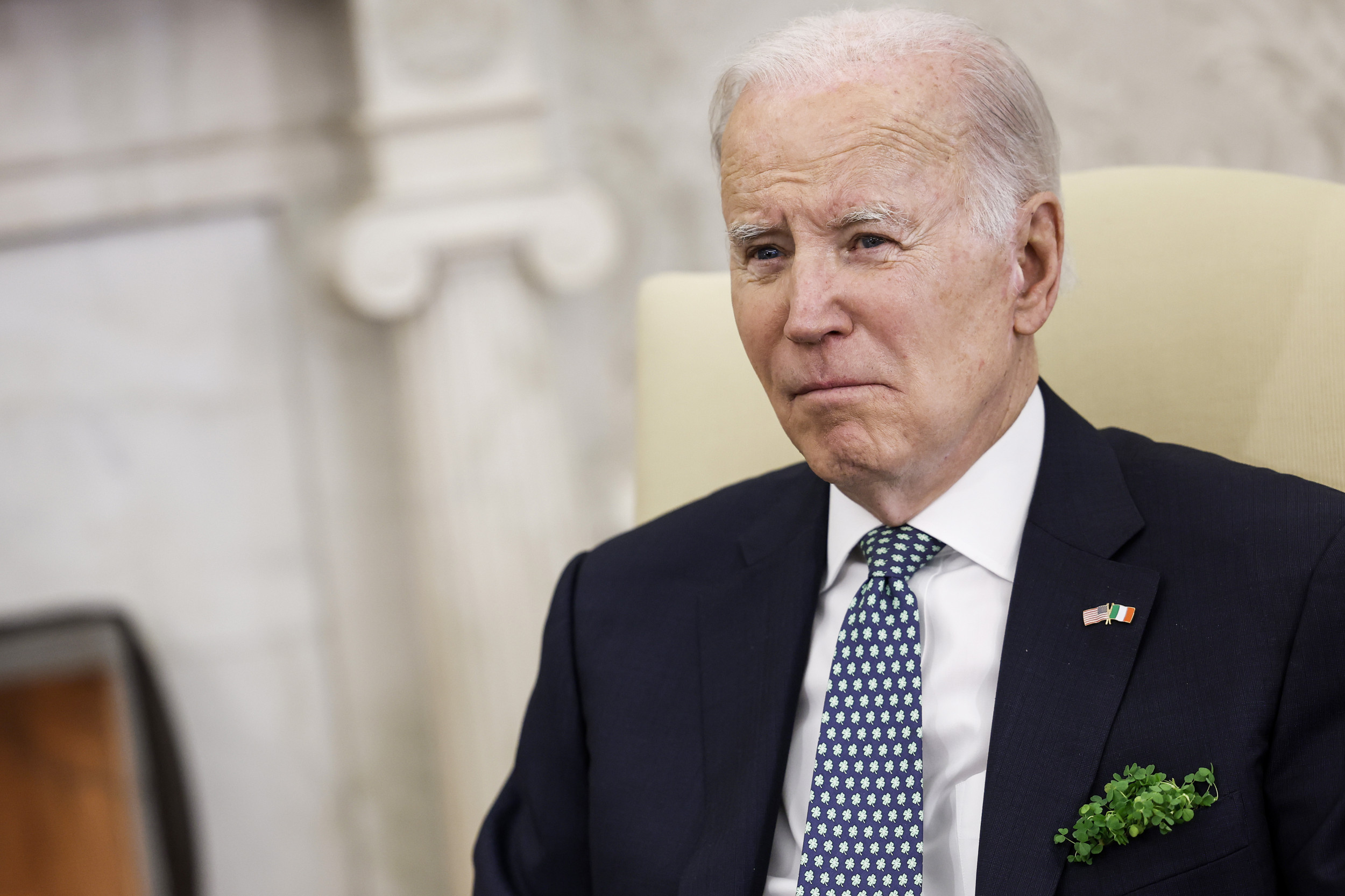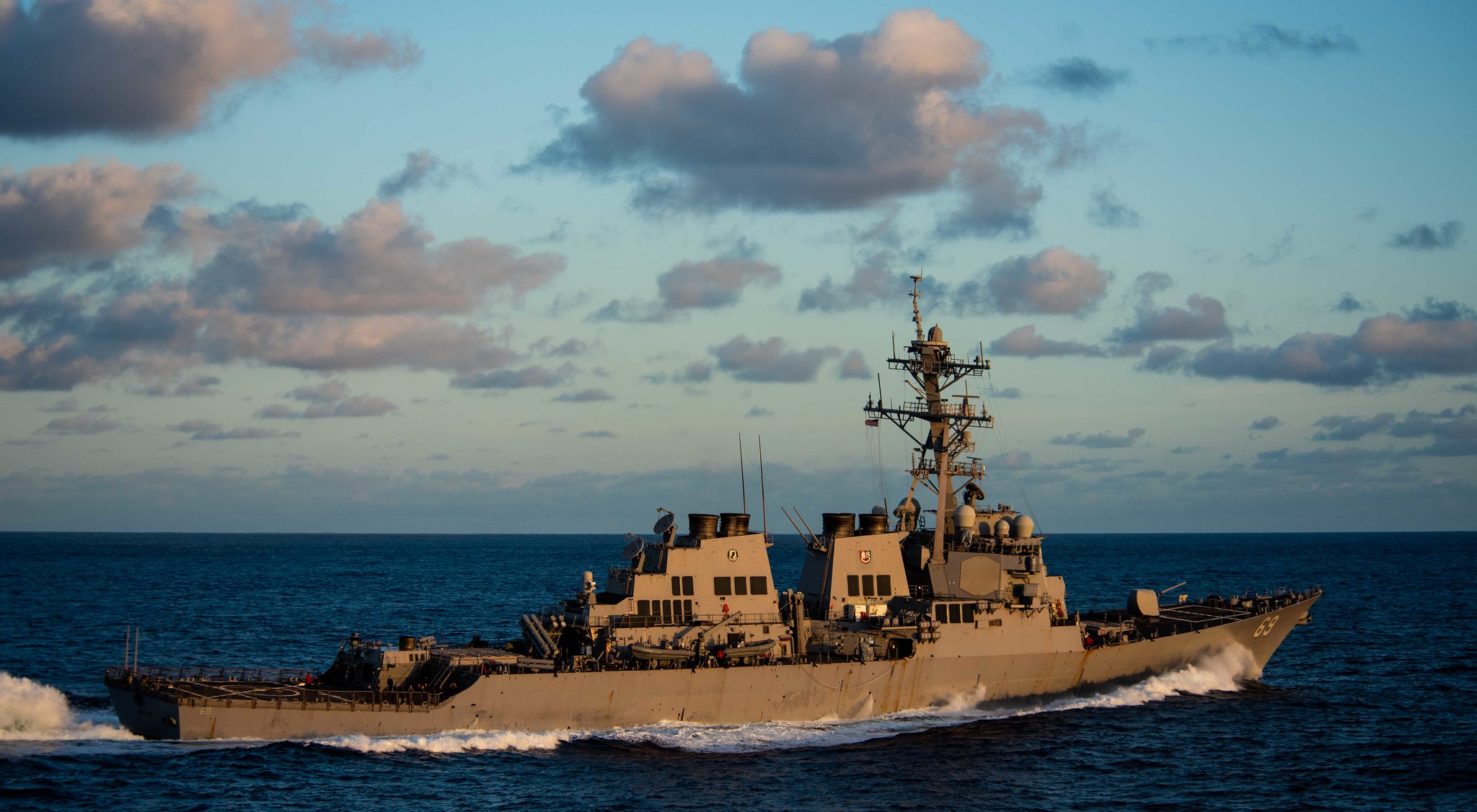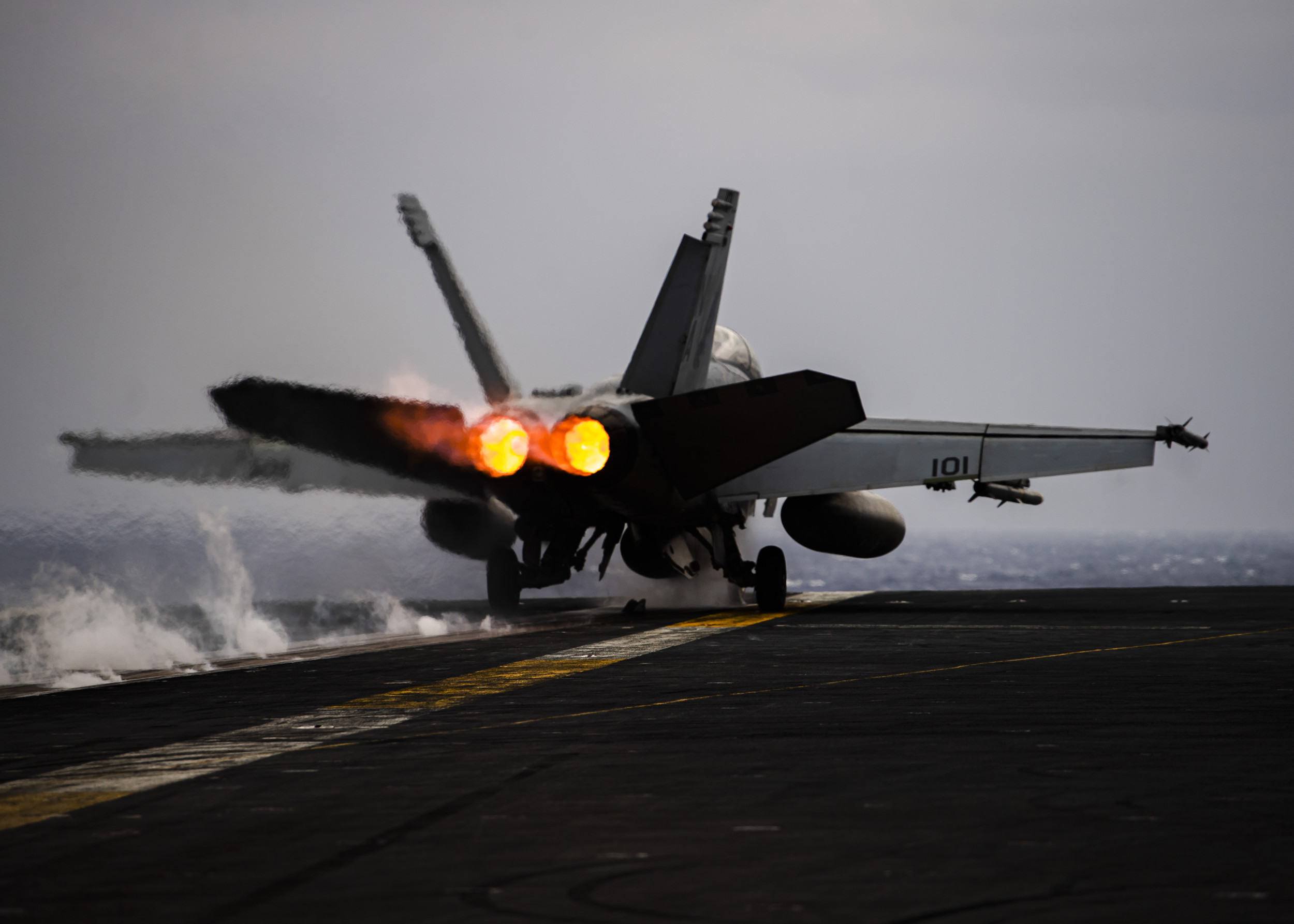How Russia Is Preparing Crimea for Ukraine's Counteroffensive
Russian troops in occupied Crimea are reportedly preparing for Kyiv's expected spring counteroffensive, which may seek to push through Moscow's lines in southern Ukraine and imperil the strategic peninsula.
Russian units all along the 800-mile front have been preparing new defensive positions for several months, awaiting Ukraine's next counter push, while their comrades grind forward in bloody offensives in the eastern Donetsk region.
Kyiv is hoping to maximize Russian losses in the defense, exhausting Moscow's units before punching through their lines on the offense with the help of new NATO heavy armor and fresh alliance-trained troops.
Exactly where Ukraine's counteroffensive will fall remains unknown. Kyiv is closely guarding any details of the expected operation, and the recent leak of classified Pentagon intelligence material may force Ukrainian commanders to amend their plans.
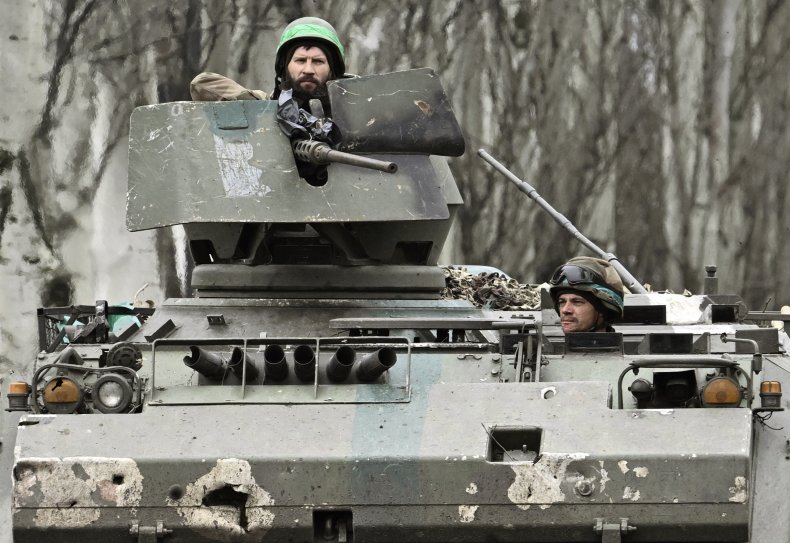
Crimea is, and will remain, a key Ukrainian war goal. Its occupation by Russian "little green men" in 2014 marked a new, hot phase of Moscow's long-running effort to control Ukraine. Despite skepticism among foreign partners, Ukrainian leaders have consistently said they intend to fully liberate the peninsula.
"It began with Crimea, it will end with Crimea," President Volodymyr Zelensky said last summer.
Choke Points
Recent satellite imagery from Maxar published by The Washington Post shows an extensive web of Russian fortifications being built on the Crimean Peninsula and along its approaches from occupied southern Ukraine. Russian troops occupy a land bridge stretching from the Dnieper River to Russia's borders, with vital land links running through the occupied cities of Melitopol and Mariupol. The corridor is one of the Kremlin's few tangible successes of the war to date.
Beyond these occupied areas of southern Ukraine, Crimea is separated from the mainland by the Isthmus of Perekop, which is slightly more than four miles at its widest point. Only two roads—the M17 and M18 highways—enter Crimea from the north. The western M17 is now lined with Russian trenches and fortifications, while the eastern M18 can effectively be closed by destroying a single bridge.

Russian planners are focused on such choke points. The small town of Medvedivka, for example, sits just south of the M18's crucial bridge. There, Russian engineers have built a trench network several miles long to protect defending infantry. It is augmented by ditches designed to block and trap heavy armor and other vehicles.
Moscow's troops also appear on guard against amphibious assaults, though Ukrainian forces are unlikely to be capable of any significant such landing. At Vitino on Crimea's western coast, occupying Russian units have built trenches and firing positions—including for artillery pieces—along the beach.
Satellite images published by Al Jazeera also show the reinforcement of the defenses around the Russian Sevastopol naval base on the southwestern tip of the peninsula, a key strategic location that played a central role in Moscow's seizure of Crimea in 2014.
Russian Reinforcements
Moscow pivoted to a new defensive posture in the south of Ukraine after the retreat from Kherson in November, using the Dnieper River as a barrier to hold off Ukrainian troops as Russian units began focusing on fortifying the occupied portions of Kherson and Zaporizhzhia oblasts.
The Washington Post reported that online Russian job listings have been offering wages of more than $90 per day—a high rate in Russia—to build trenches in the Crimea area using wood and concrete. The General Staff of the Ukrainian armed forces also reported in February that new Russian conscripts were being deployed to Crimea specifically to enhance defenses.
Recent troop movements indicate the Russians are preparing for defense in the area. The Moscow Times reported last week—citing analyst Brady Afrik—that main battle tanks, infantry fighting vehicles and artillery had all disappeared from one Russian base in northern Crimea between February 11 and March 16, as new defenses were being built along the approaches to the peninsula.
Russian officials have made clear their preparations. Last month, Sergey Aksyonov—the Kremlin-appointed head of occupied Crimea—said construction is ongoing with an "unconventional" and "asymmetrical" approach due to "experience with armed hostilities."
"Better safe than sorry," said Aksyonov. "And I always say, if you want peace, prepare for war. So, it's better for us to be ready. Crimeans and all other Russians can sleep soundly in this regard."
Former prime minister, president, and now deputy chair of the Russian security council, Dmitry Medvedev, warned in March that Moscow would use "absolutely any weapon" to stop a Ukrainian liberation of Crimea. "They are preparing for an offensive, everyone knows that," Medvedev said. "Our general staff is calculating this and is preparing its own solutions."
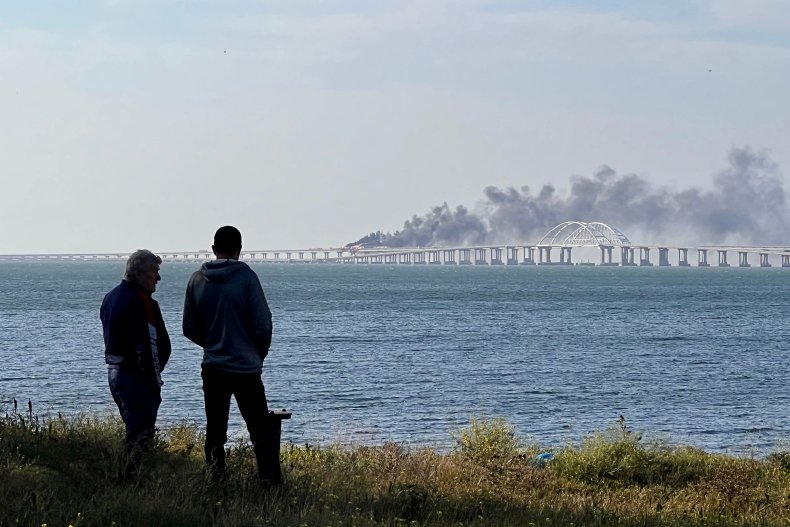
Ukrainian forces are trying to disrupt daily life on the peninsula as much as possible. The Washington Post has counted more than 70 suspected Ukrainian attacks of various types in Crimea since August 2022, mostly targeting military sites and critical infrastructure.
Rather than seizing the whole peninsula, a successful counterattack might mean liberating enough territory in southern Ukraine to put Crimea's key supply lines under fire control. Logistics have already been constrained by last year's attack on the Kerch Strait Bridge and long-range strikes in southern Ukraine, and Kyiv will be looking to further isolate the Russian military's grouping on the peninsula.
But any offensive in the south could prove costly. Ukrainian troops driving from Kherson will need to ford the Dnieper River and overcome prepared Russian defense positions on its eastern bank. Those heading south from Zaporizhzhia will meet Russian units that have been preparing their defenses for several months.
The leaked Pentagon intelligence document specifically warned that the expected counteroffensive will take a toll on Ukrainian manpower. Entrenched Russian defense combined with "enduring Ukrainian deficiencies in training and munitions supplies probably will strain progress and exacerbate casualties during the offensive," it read.
Newsweek has contacted the Russian Defense Ministry by email to request comment.
